PICKLEBALL BASIC TERMS
Dinks
- A soft shot hit on a bounce from the NVZ intended to arc over the net and land within the opposing NVZ either straight across or diagonally crosscourt.
- An effective dink arcs downward as it crosses the net, creating a more difficult shot to return than a power shot.
- Dinks that land close to the net are the most difficult to return because of the steep angle required to get the ball over the net.
- Crosscourt dinks are easier because the net is lower in the center and you can force their opponent off the court, potentially opening a hole.
- Contact the ball in front of the body with the paddle face open, using a gentle lifting (pushing) motion.
- The shot is soft and controlled with movement from the shoulder, no wrist break and minimal or no backswing to avoid overpowering the ball.
- Be patient. Continue to dink until the opponent makes a mistake. If the ball is hit too high, there is a good chance for a put-away shot.
Drop Shot
- The drop is a soft shot hit off a bounce from deep in the court, intended to land in the opponents’ NVZ, preferably close to the net.
- Allows the hitting team to follow the shot to the NVZ line. It is the primary 3rd shot, giving the serving team the opportunity to approach the net after the return of serve, but can also be effective anytime the opponents are at the net.
- One of the more difficult shots to master.
- Face the net and hit the ball underhand in front of the body, lofting it in an arc over the net. The ball should arc before reaching the net so it lands near the opponent’s feet within or at their NVZ line.
- Move toward the net after hitting the ball. If you don’t make it all the way to the NVZ line by the time your opponent hits the ball, stop and assume the ready position in preparation for the next shot, then quickly continue to the NVZ line.
Ground Strokes
Forehand Groundstroke: Typically, the most powerful and most accurate shot; therefore, the most utilized from at or near the baseline.
- Move sideways into correct court position first. Avoid reaching; move the feet instead and prepare to meet the ball from the ready position.
- From the ready position pivot shoulders and hips so the non-paddle shoulder is facing the approaching ball and begin the backswing. Some players extend the opposite arm forward for balance.
- Step forward with the front foot toward the direction the ball is intended to go to create forward momentum. Bring the paddle forward to contact the ball in front of the body, preferably before the ball reaches the top of its bounce.
- The paddle head is angled slightly open (tipped back from vertical)
- Keep the wrist firm (not wobbly), but allow it to hinge backward enough to meet the ball squarely.
- Follow through to straighten the body and return to the ready position.
Backhand Groundstroke: Used when a ball is approaching the side opposite the paddle arm. However, many players consider the backhand groundstroke as their “go to” shot and use it for up to 75-percent of their groundstrokes.
- Move into correct court position first. Avoid reaching; move the feet instead.
- From the ready position pivot shoulders and hips sideways so the paddle shoulder is toward a ball that is approaching the non-paddle side of the body.
- Bring the paddle arm across the body and extend the paddle shoulder to head high. Opposite arm may be extended across the body toward where the ball will be hit for balance or held behind the body (depends on what feels natural and “works” for each player.)
- Step forward with the front foot toward the direction the ball is intended to go to create forward momentum. Bring the paddle forward to contact the ball in front of the body, preferably before the ball reaches the top of its bounce. Weight on the front foot.
- The paddle head is angled slightly open.
- Wrist and forearm aligned, wrist firm (not wobbly).
- Follow through to straighten the body and return to the ready position.
Volleys
- A ball hit in the air before it bounces onto the court during a rally.
- It is often used when at the NVZ line to return a ball hit hard and low over the net.
- May be hit forehand or backhand; backhand is more common.
- No backswing — hit in a blocking motion with the paddle face square (vertical) to “push” the ball over the net.
- Hit away from your opponent to make him/her reach.
- To hit the ball deeper, open the paddle face slightly to give the volley a little more loft.
Lobs
- A lofted shot that sends the ball high overhead and deep.
- Purpose: To catch the opponent off guard or force him/her back to the baseline (offensive). It can also be effective as a defensive shot to buy time to get into position for an offensive shot.
- Offensive: An unexpected lob from the NVZ line over your opponent at the NVZ line or as he/she is running to the net.
- Defensive: A lob from the baseline allowing the lobbing team time to move to the NVZ line. However, players must be aware that the opponent may return the lob with an overhead smash (see below). It might be safer to use a drop shot as an approach shot instead.
- From the baseline, take a backswing and contact the ball in front of the body with paddle face open to lift the ball and send it high, then follow through fully (paddle at least head high).
- The trajectory should carry the ball over the opponent’s outstretched paddle and land inbounds near the baseline.
- Lobbing over the opponent when dinking can create the advantage of surprise.
Overhead Smash
- A hard, overhand shot directed downward into the opponent’s court, usually as a return of an opponent’s lob, high return, or high bounce.
- The paddle is extended over the head at maximum height with elbow straight.
- Aim at an open spot on the opponent’s court or at the feet of an opponent, not at the body.
- Never back up to position for an overhead. Shuffle sideways or turn around and run into position. Backpedaling is a dangerous maneuver.
- Look up and point toward the ball with non-paddle hand.
- Contact the ball as high as possible and in front of you, shifting weight from the back foot to the front foot as the ball is contacted with a downward swing and often a wrist flex (snap).
- The backhand overhead smash may require flexing the wrist backwards.
Serving Basics
- The purpose of the serve (at the developing levels) is simply to place the ball in play and is not intended as an offensive weapon.
- The serve must be hit with an underhand stroke so that contact with the ball is made below the waist. The arm must be moving in an upward arc and the highest point of the paddle head shall be below the wrist when it strikes the ball. The highest point of the paddle head cannot be above any part of the line formed where the wrist joint bends. (See video below for Underhand Serve)
- The server has the option of dropping the ball and hitting it after the bounce. The ball can be dropped from any height but cannot be thrown, tossed, or otherwise released with any added force to bounce it.
- Serve to the diagonally opposite service court from behind the baseline and on or within the imaginary extension of the sidelines and centerline.
- Placement should be deep and to the center of the diagonally opposite service court to keep the receiver back.
- Follow through toward target and return to the ready position to be set to receive the service return.
- Don’t continue into the court; remain behind the baseline until after the 3rd shot is hit.
Return of Serve
- The main goal is to return the serve deep to keep the serving team at the baseline; power is not as important as control. A short return brings the serving team forward, allowing them to reach the NVZ line and negating the receiving team’s advantage.
- The serve must bounce before being returned.
- Wait behind the baseline for the serve in order to permit moving forward to hit the return with momentum.
- The preferred service return stroke is a forehand with a backswing and follow through, stepping forward to meet the ball in front of the body. This allows the receiver to quickly move toward the net by following the natural momentum of the follow through.
- A shot lofted deep to the opponent’s backhand gives the receiver time to reach the NVZ line and keep the serving team back.
- Follow through, move to the NVZ line and return to the ready position to be set to return the next shot.
- Watch the ball. If you realize you can’t make it all the way to the NVZ line before the ball is hit by the opponent, stop and assume the ready position. Return the ball, then continue to the NVZ line. Stop again if necessary. In tennis this is often referred to as the “split step.”



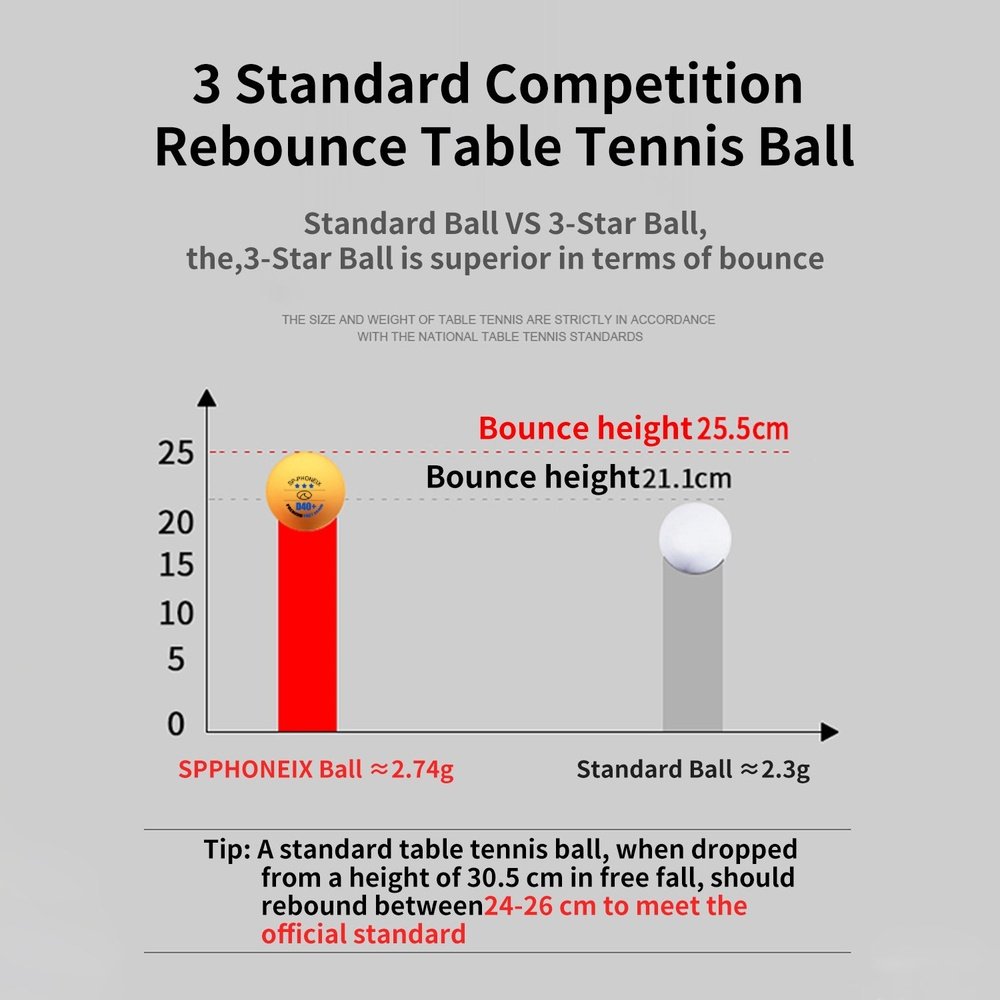
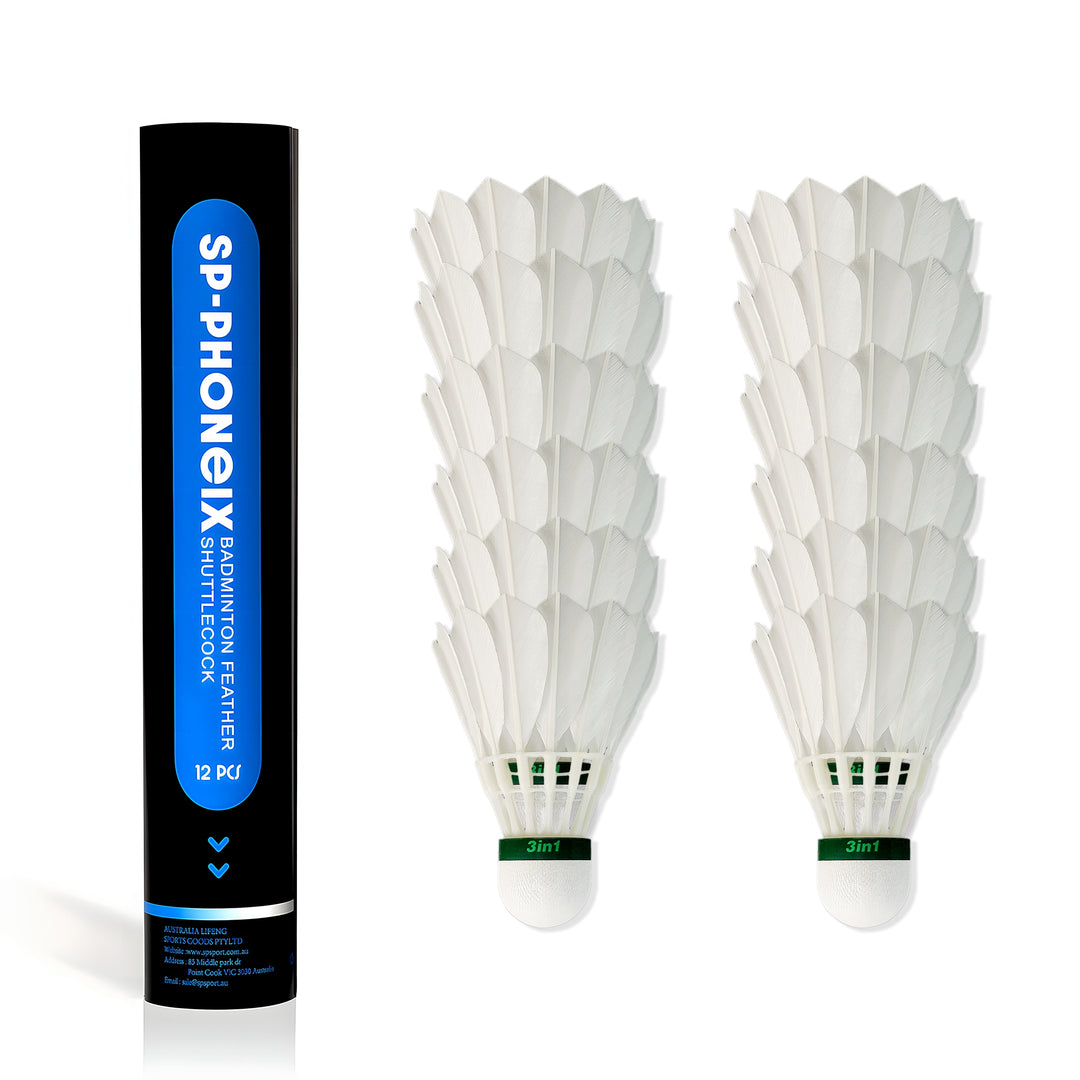
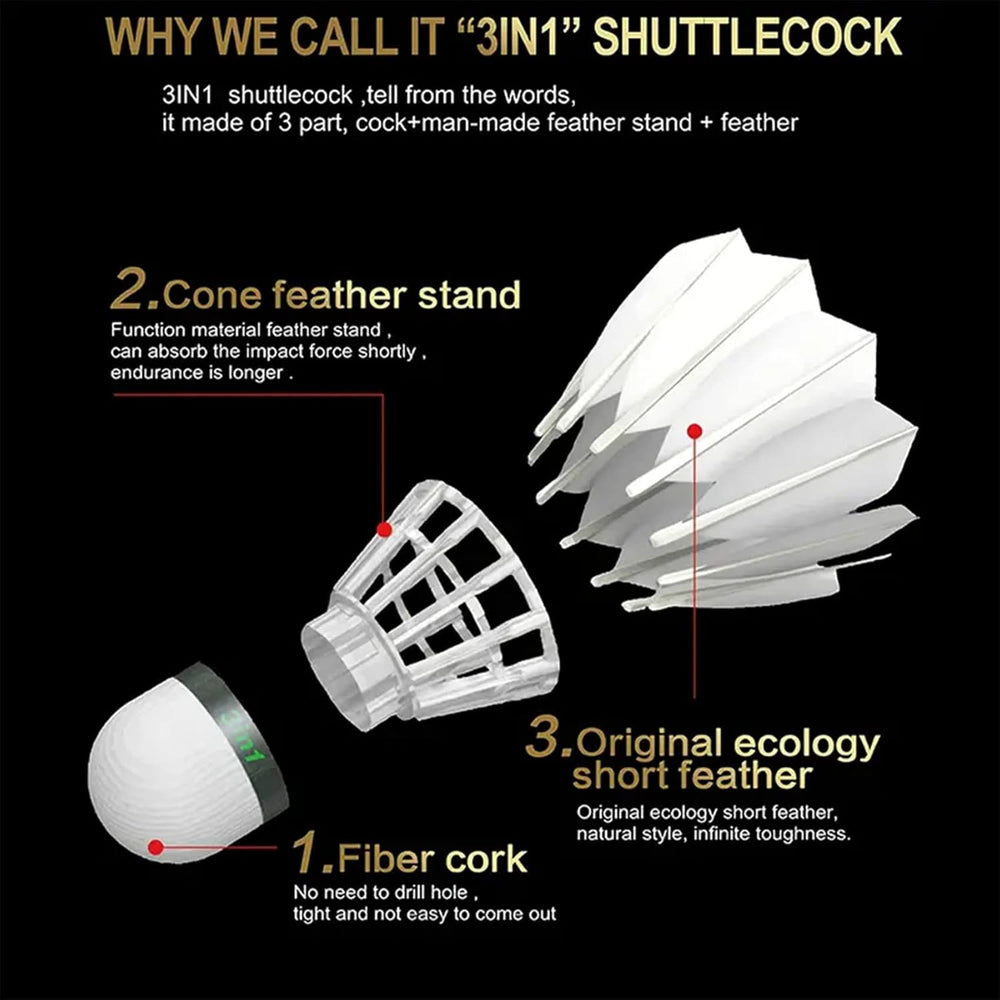
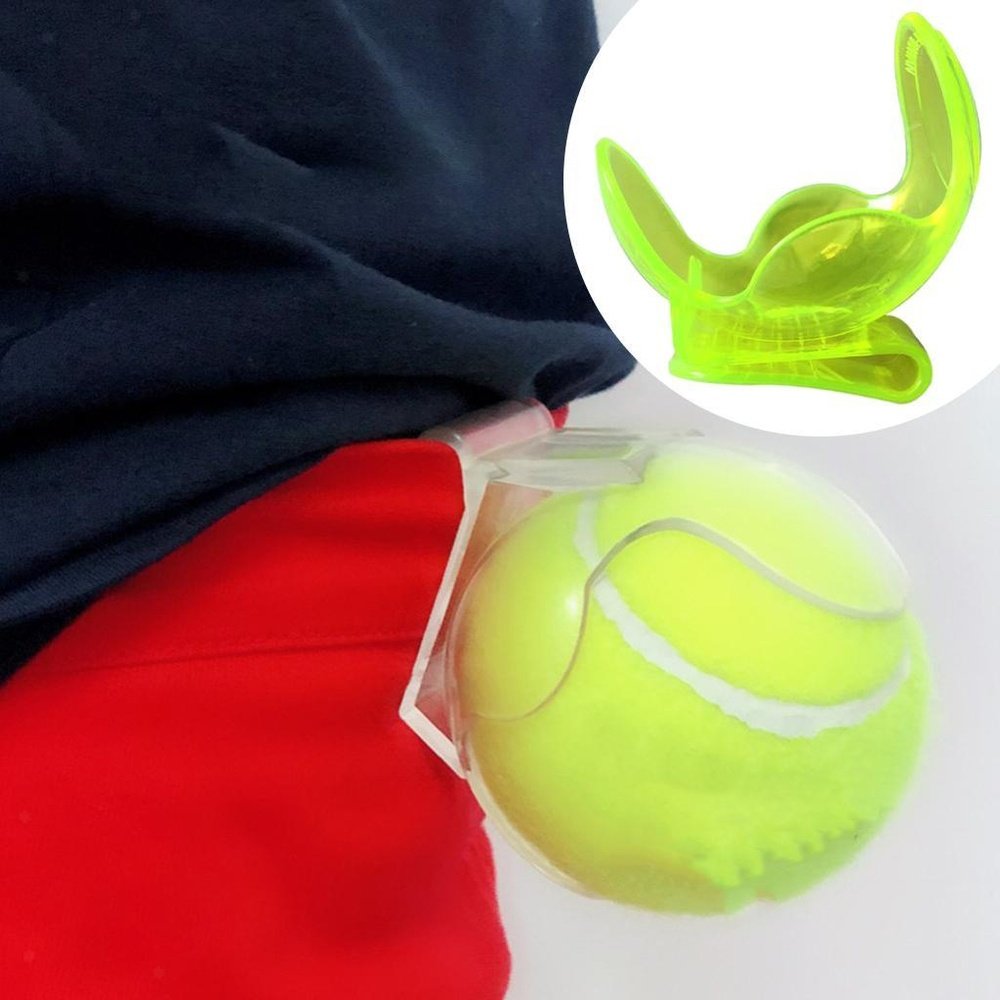
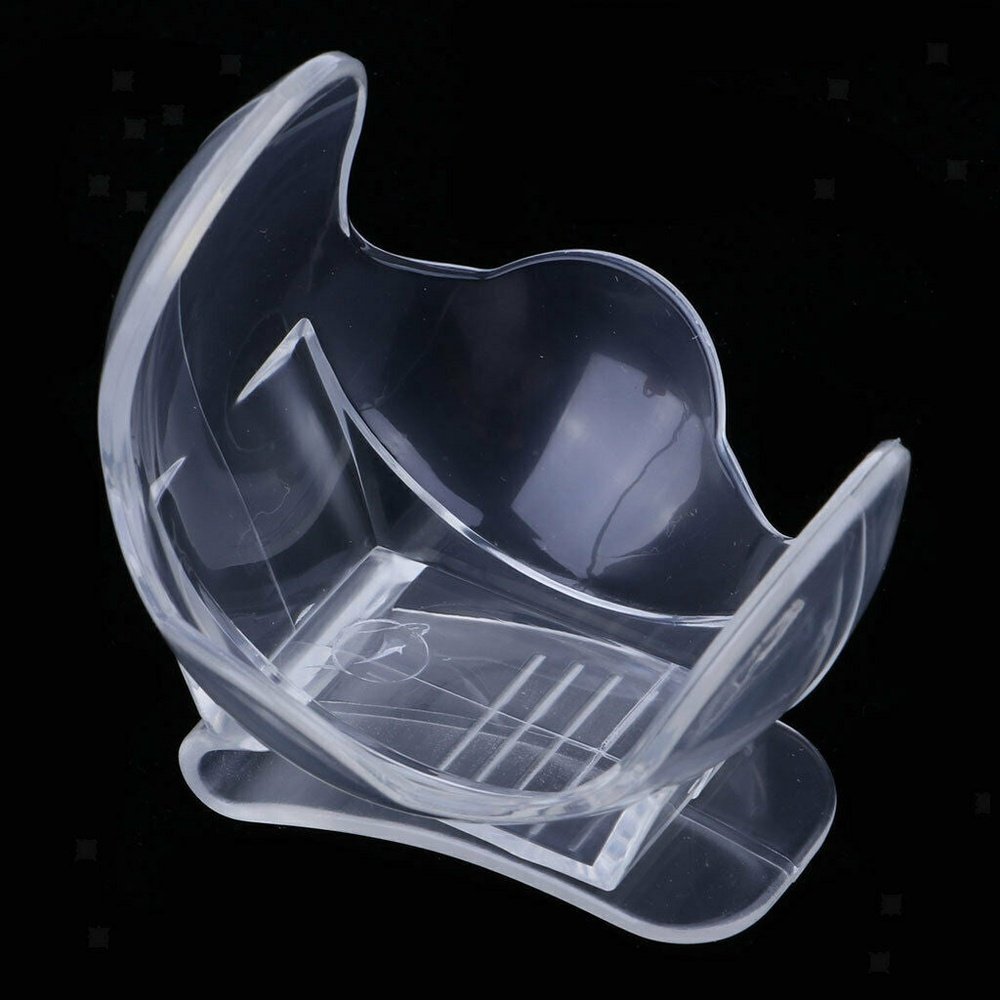
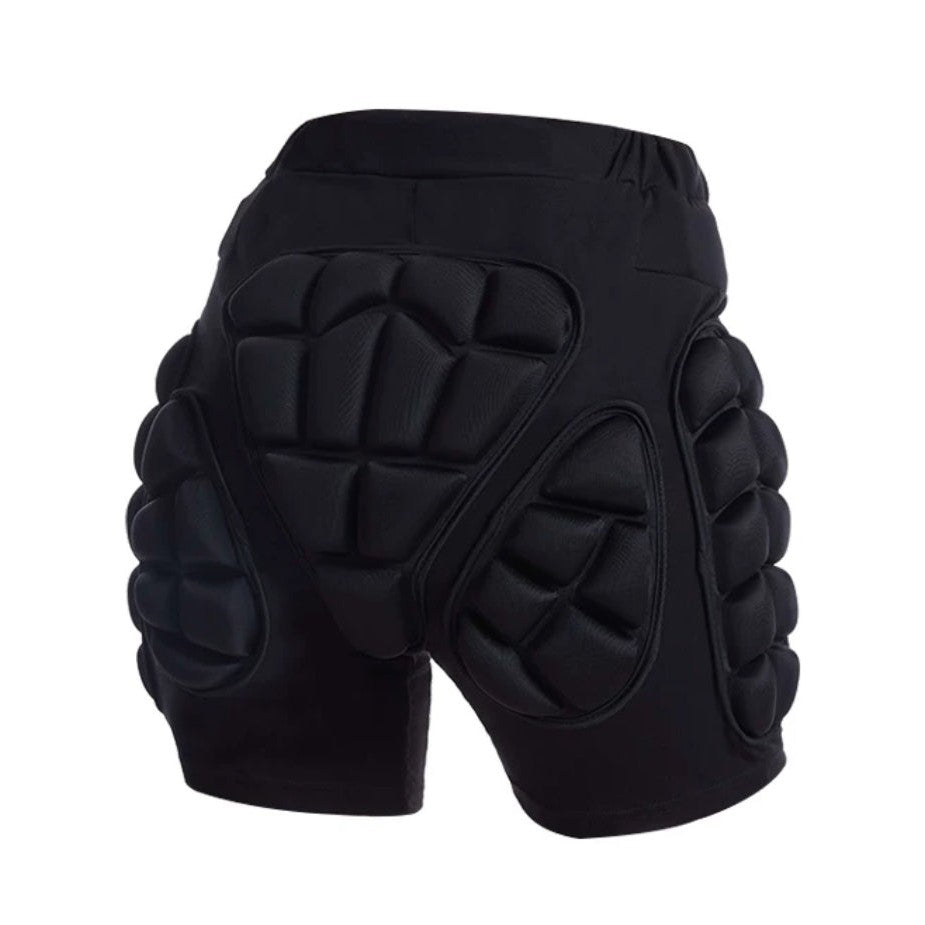
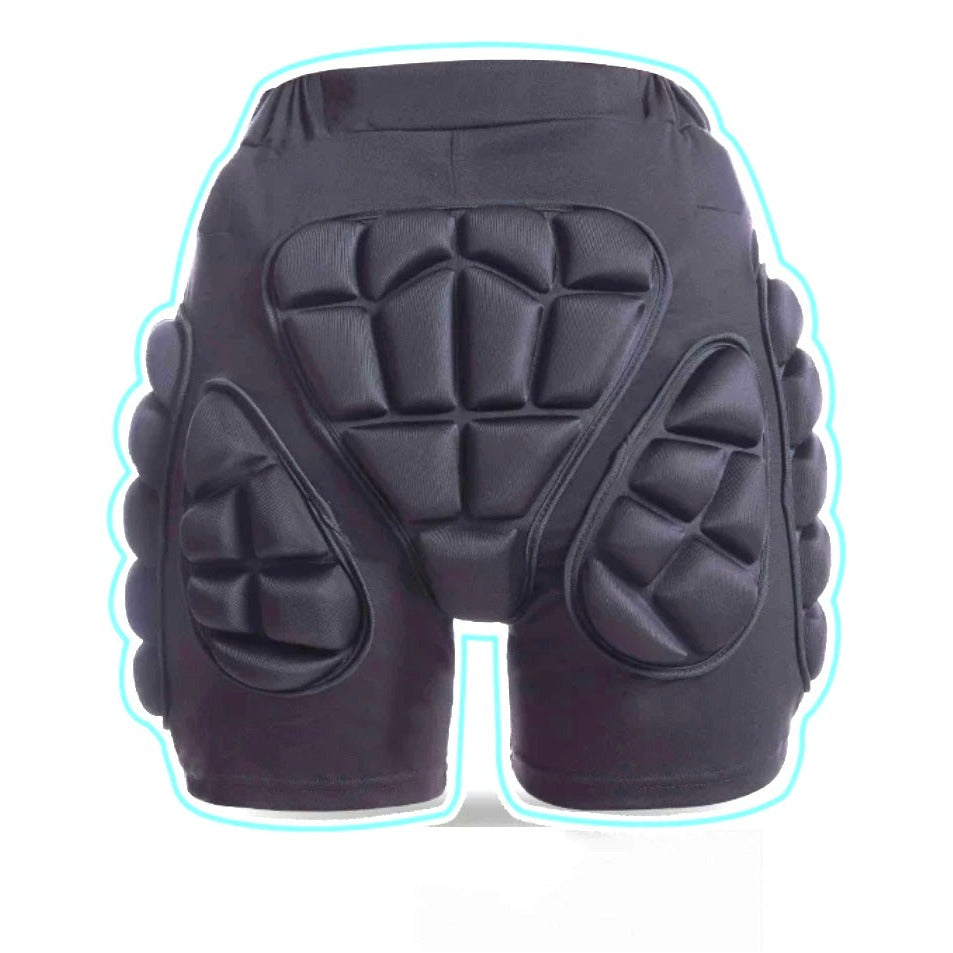
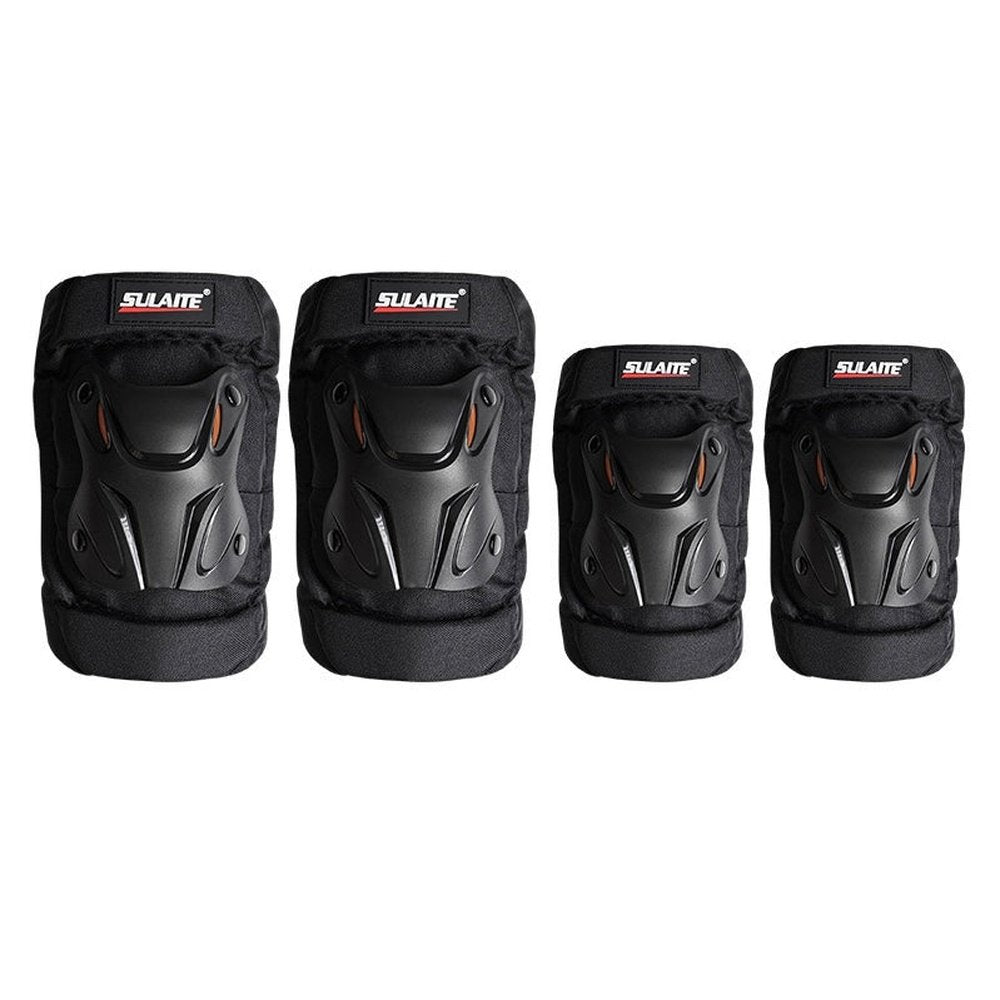
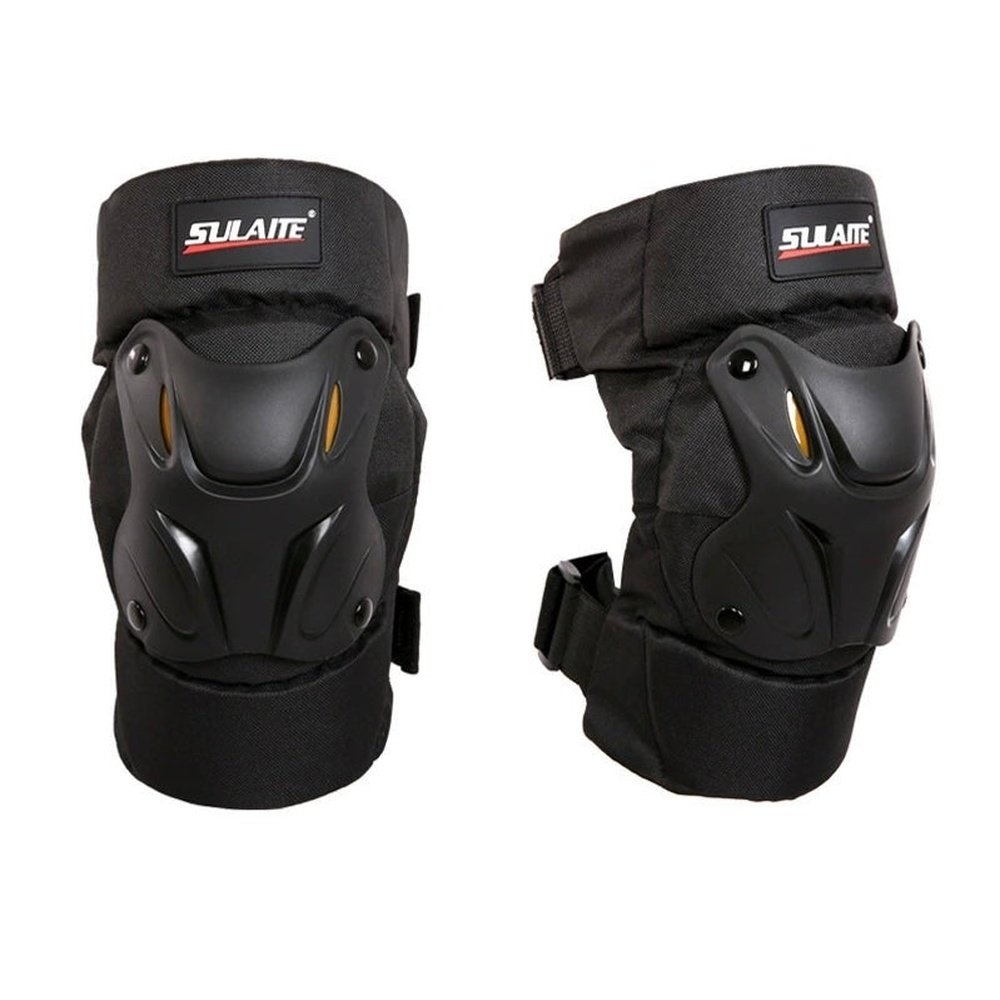
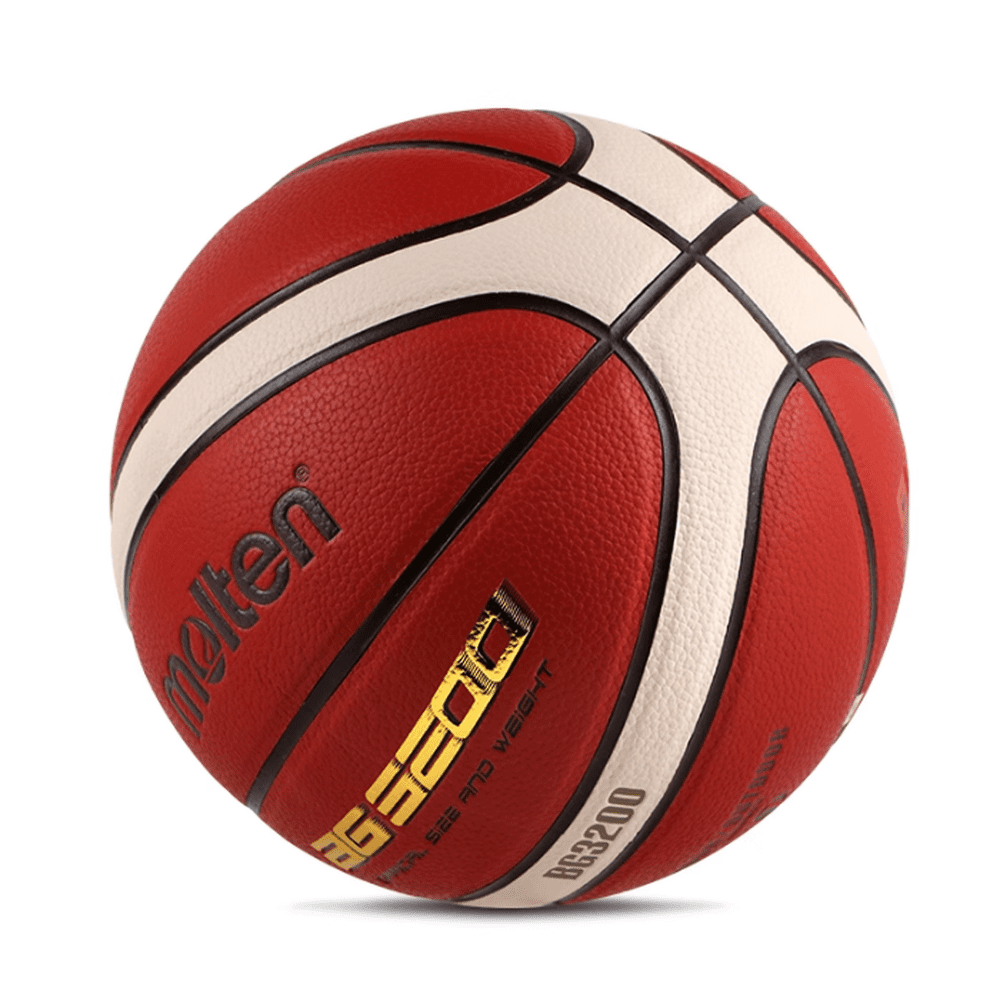
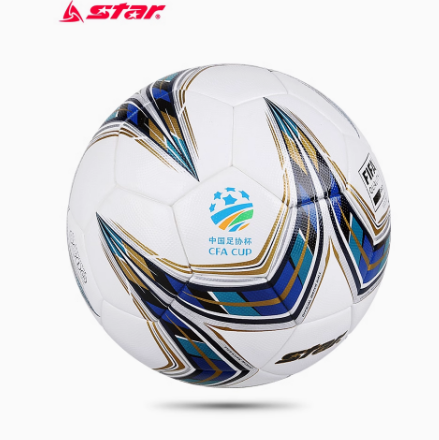
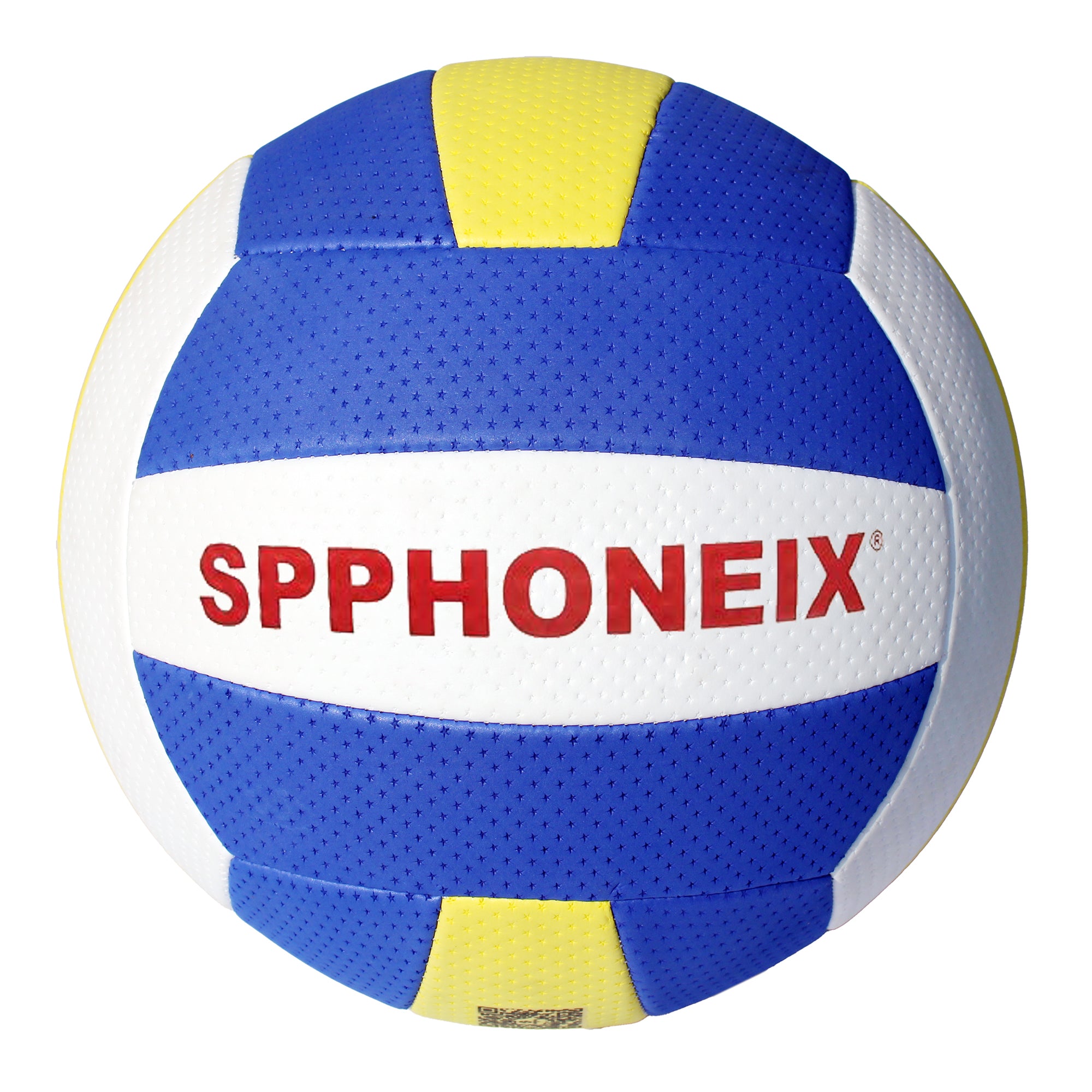
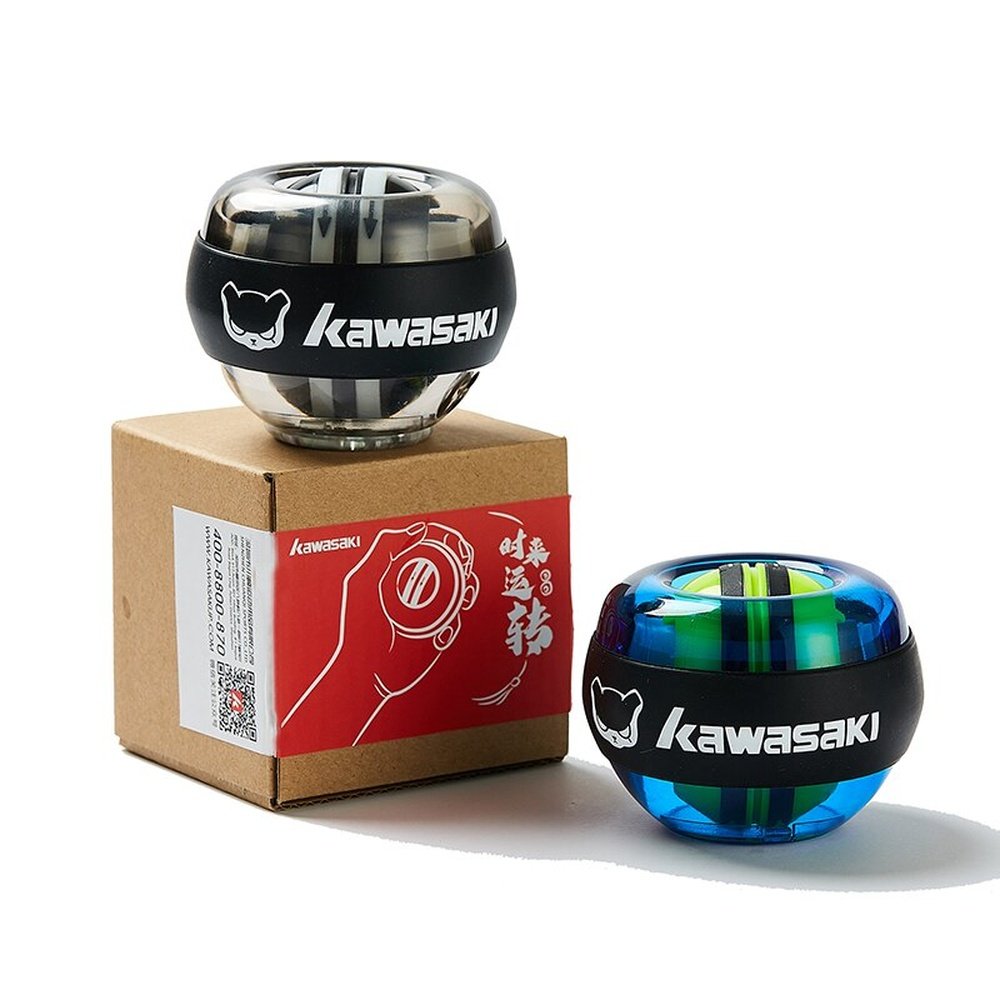
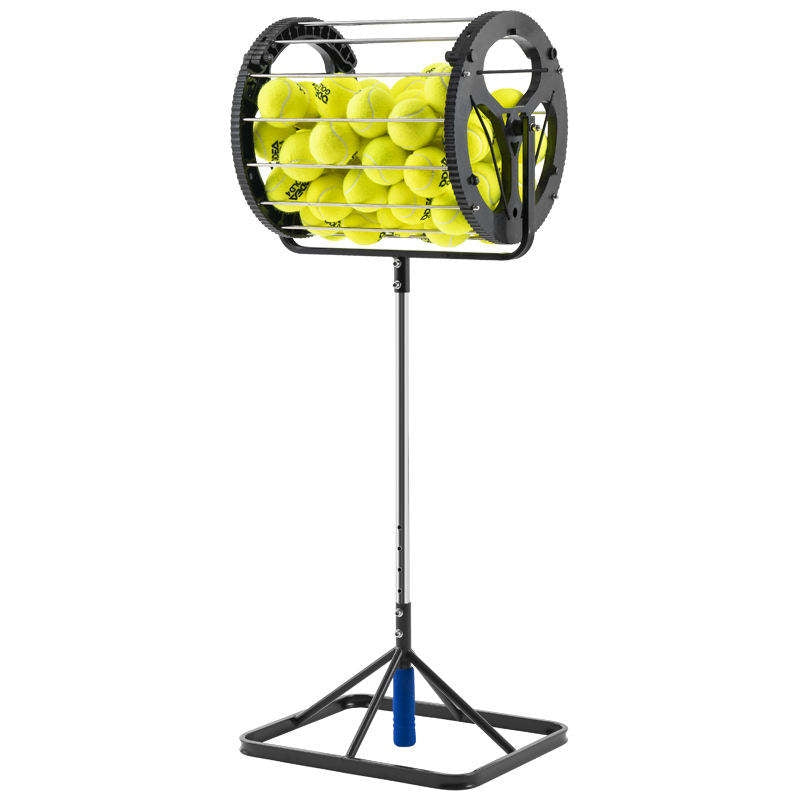
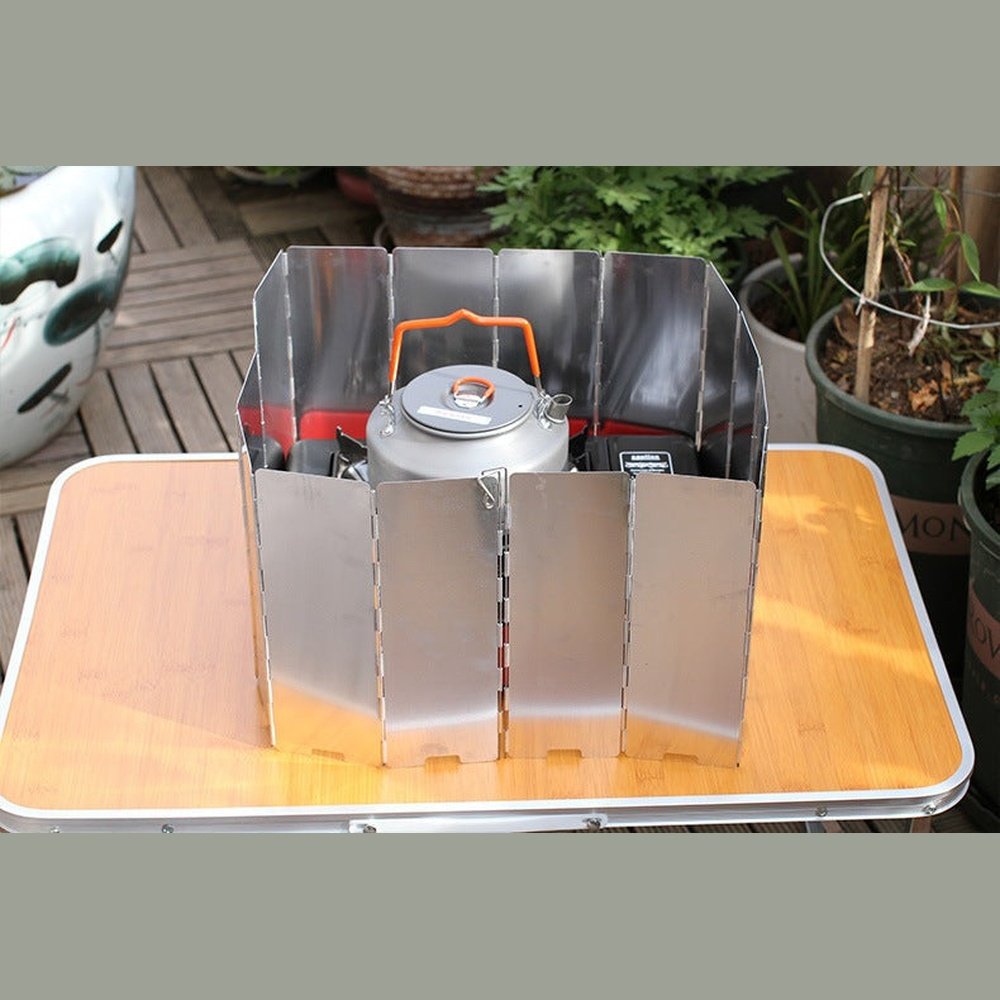
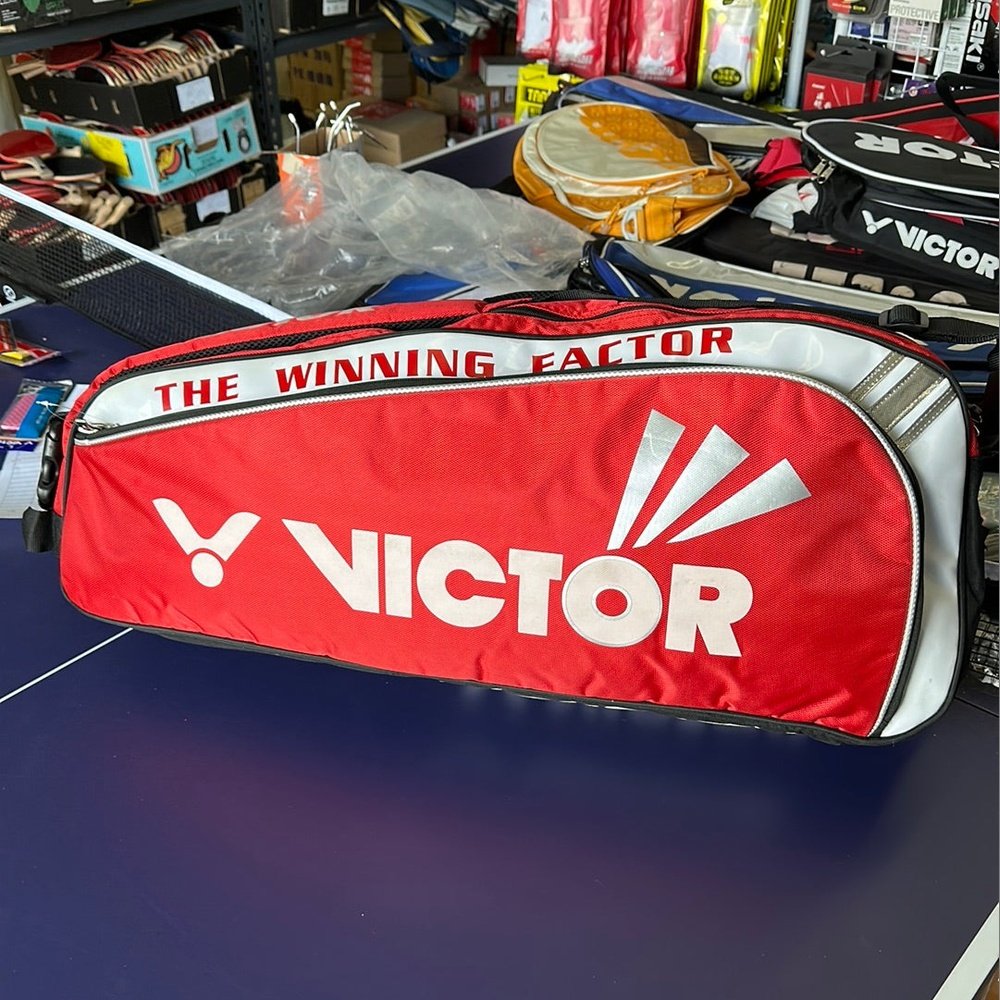

Leave a comment